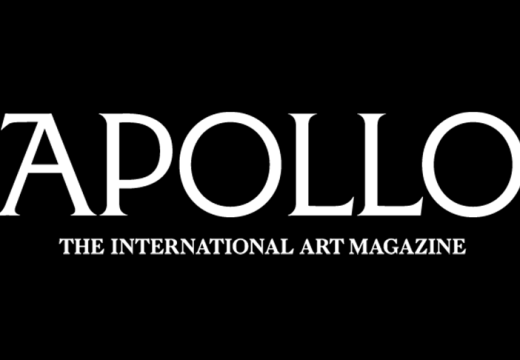If ever a building were doomed, it was Poggio Reale near Naples. This fabled, much imitated villa was conceived in 1487 as a summer retreat by the crown prince Alfonso of Aragon, the future King of Naples, perhaps in emulation of his ally Lorenzo de’ Medici’s Villa di Castello, for Alfonso turned to Florence for both its design and decoration. The Florentine architect Giuliano da Maiano created what was essentially an ancient Roman villa ingeniously fortified and adapted to the needs – and delights – of a Renaissance prince.
At its heart was a sunken central courtyard that could hold a stage for parties or performances, be flooded to create a scenic lake or roofed to make a great hall. Classical statuary ornamented its interiors and spectacular gardens, frescoes documented Alfonso’s military exploits, and the courtyard arcades were ornamented with glazed terracotta portraits of the prince’s Aragon ancestors commissioned from the Della Robbia workshops, the heads garlanded with wreaths like antique heroes.
This ‘earthly paradise’ was, however, barely finished before it was abandoned and sacked. When Charles VIII of France invaded Italy in 1494, Alfonso fled to Sicily. What he could not take with him, the French army smashed or looted – Charles taking paintings, sculpture, tapestries and, most significantly for the development of French Renaissance gardens, the designers of Poggio Reale’s celebrated formal grounds. The villa crumbled, its park returned to swampland, and a malaria outbreak in the area was followed by bubonic plague. The site was a battleground in the 16th century, a burial ground for lepers in the 17th, and a cemetery by the early 19th century. The villa’s fame may have been assured by its inclusion in Serlio’s Treatise of Architecture of 1540, but its archaeological footprint was obliterated, its contents scattered.
Amazingly, one of the Della Robbia roundels surfaced around the turn of the 19th century through the legendary Florentine restorer and dealer Stefano Bardini. Another, very damaged but with its original laurel frame, was found embedded above a staircase in a modest Neapolitan courtyard, and is now in the Museo di Capodimonte. Bardini consigned his roundel, missing its original frame, at Christie’s in 1902 but withdrew it before the sale. After he had sourced an associated Della Robbia frame of the correct dimensions, featuring lemons, grapes and pinecones, the sculpture found its way into the distinguished collection of Baron Cassel van Doorn. It comes to the market on 28 April at The Exceptional Sale at Christie’s New York – a great chance to admire a rare secular sculpture by Andrea della Robbia (1435–1525).
Luca della Robbia (c. 1400–82) is credited with the invention of tin-glazed terracotta sculpture, a technique that allowed for intense, luminous colour. He may well have trained with Ghiberti, was certainly influenced by Donatello, and was favoured by Brunelleschi who commissioned the sculptor to decorate his buildings. His work combined a profound understanding of antique art with the new naturalism of the Renaissance. His nephew and collaborator Andrea took over the workshop around 1470, producing works that were more expressive, complex and pictorial than his uncle’s. They also tended to be more exuberantly polychrome rather than simply blue and white. Thanks to the modest costs of manufacture and ease of transport – sculptures could be sent unassembled – the family workshops, which continued well into the 16th century, found clients across Italy and beyond.
This bust of a ‘Laureate’ derives from the Roman imago clipeata – literally ‘portrait on a round shield’. According to Pliny, such images were used to depict the ancestral family tree in patrician houses of the Republic. These busts are not made in low relief but rather protrude out of their laurel frames. The ancestor here is a remarkably sensitive piece of modelling, a handsome face cast in a heroic mode but with a thoughtfulness and humanity – slightly furrowed brow, strong cheek bones, a broken nose, and an expressive mouth. The reflective quality of the glaze enhances the liveliness of the surface. Most amazingly of all, the tondo survives in remarkable condition given its unknown but presumably turbulent past.
In light of the recent exhibition, ‘Della Robbia: Sculpting with Color in Renaissance Florence’, which began at the Museum of Fine Arts in Boston and continues at the National Gallery in Washington (until 4 June), the Laureate should do well in New York. He comes to the block with an estimate of $200,000–$400,000.
Unlimited access from just $16 every 3 months
Subscribe to get unlimited and exclusive access to the top art stories, interviews and exhibition reviews.














![Masterpiece [Re]discovery 2022. Photo: Ben Fisher Photography, courtesy of Masterpiece London](http://www.apollo-magazine.com/wp-content/uploads/2022/07/MPL2022_4263.jpg)
Has the Fitzwilliam got its rehang right?